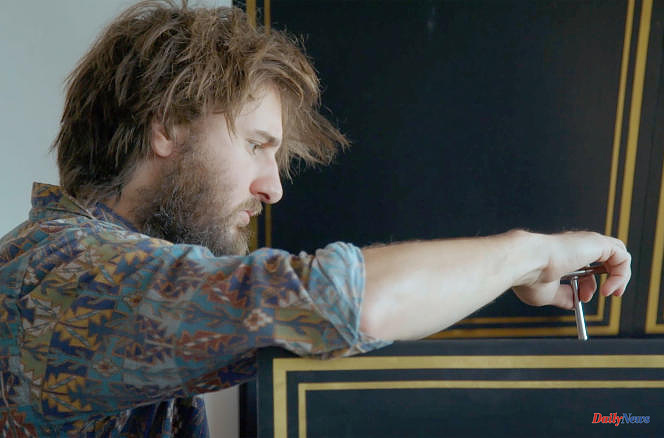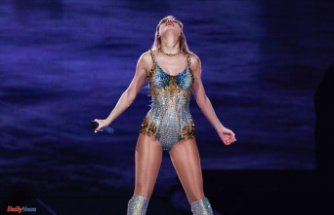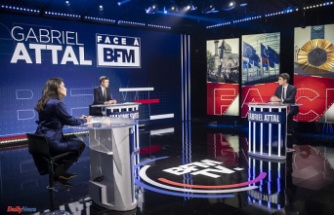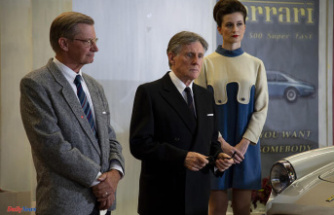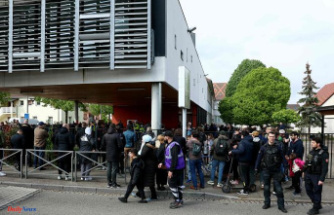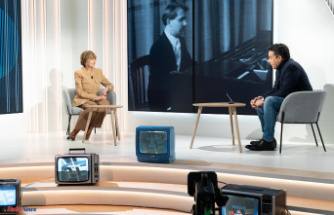He doesn't have the head for the job, if indeed the "job" of harpsichordist has a particular head: a bit of a lumberjack, bearded and with shaggy hair, Jean Rondeau (born in 1991) was quickly nicknamed the "harpsichord rockstar". Which is (almost) good: in addition to being the most exciting French harpsichordist of his generation, the young man is an excellent jazz pianist.
What does not evoke the documentary portrait The Harpsichord according to Jean Rondeau, by Andreas Morell, which Arte devotes to him, which prefers to concentrate on the main activity of the musician (who is also a composer: he wrote the music delicate and very French film Paula, by Christian Schwochow, released in 2017) and follow it during a European tour. All interspersed with fairly long musical sequences either solo or with the Freiburg Baroque Orchestra.
We cannot say that the words of Jean Rondeau, whom he holds in ripped jeans and shirt sleeves over a tank top and bushy chest, are memorable: he is obviously not one of those whose speech sometimes hides the weaknesses But when he plays, Rondeau gets to the heart of things, thanks in part to a splendid touch and a rich musical imagination.
"Baroque"
As he explains, Rondeau is of that generation of "baroqueux" (an originally derogatory term, but one which has come to take hold and is less off-putting than the phrase "historically informed performer") who started directly with the harpsichord without going through an apprenticeship in the piano, as was more commonly done in the past.
In the mid-1990s, when the vogue for early music was in full swing, there were enough young practicing harpsichordists to make a 5-year-old boy want to learn this instrument, which was supplanted by the fortepiano. But, contrary to what is often said, the harpsichord did not give way to a more sophisticated instrument: it disappeared because it had reached an unsurpassable stage of refinement in its craftsmanship.
And it was not until the 19th century that some performers (re)turned to historical instruments still preserved (which were then called "gothicities"), while the house of Pleyel was developing a first harpsichord of modern invoice on the occasion of the Universal Exhibition of 1889.
During the second half of the 20th century, the return to the originals and the development of identical copies became essential. Part of the documentary also focuses on the Czech maker Jukka Ollikka, who makes new harpsichords according to old canons. Even if, during a concert, the instrument just out of the workshop is still a little "green".
Jean Rondeau says of Johann Sebastian Bach's Concerto in D Minor BWV 1052 that it "is quite unique in its genre" without being able to "explain why". But we understand everything when we hear him play his slow movement with painful figures and tortured harmonies, a bit like in the 21st of the Goldberg Variations that Rondeau interprets later in the film. He may not always have the words, but the musician certainly has other eloquence.

